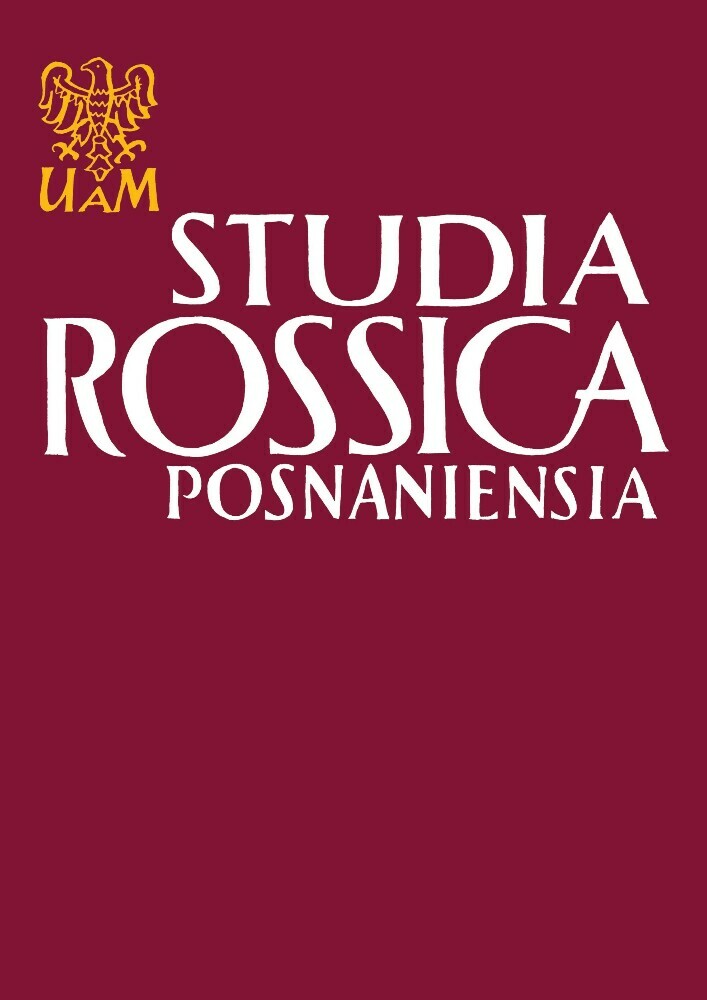Abstrakt
The article is an attempt to describe one of the types of Russian homography, i.e. lexical-grammatical homography, which involves words having a different lexical and grammatical meaning, for example, бéлку (acc. sing. of бéлка ‘squirrel’) – белкý (dat. sing. of белóк ‘protein’), бóров (nom. sing. of бóров ‘boar’) – борóв (gen. pl. of бор ‘pine forest’). By analyzing over 1,500 word pairs the author identifies three morphologicalareas in which lexical-grammatical homography is demonstrated to the fullest extent possible.
Licencja
Copyright
© 2014 Uniwersytet im. Adama Mickiewicza w Poznaniu
OPEN ACCESS
